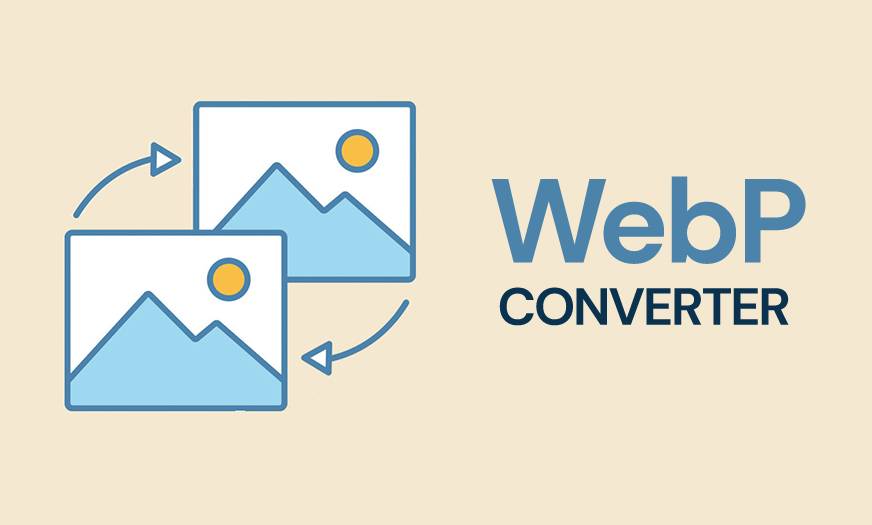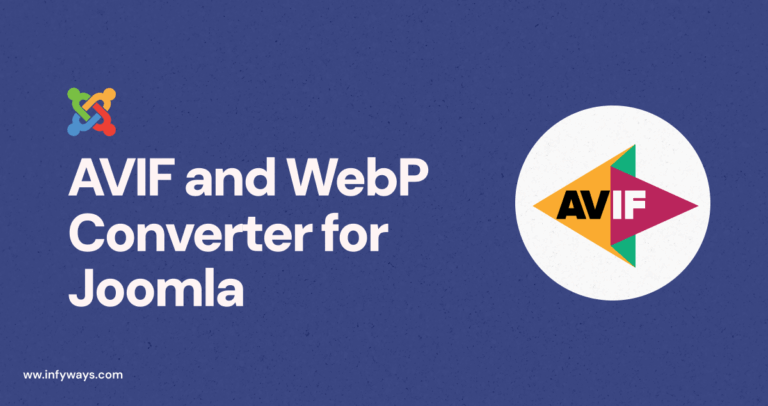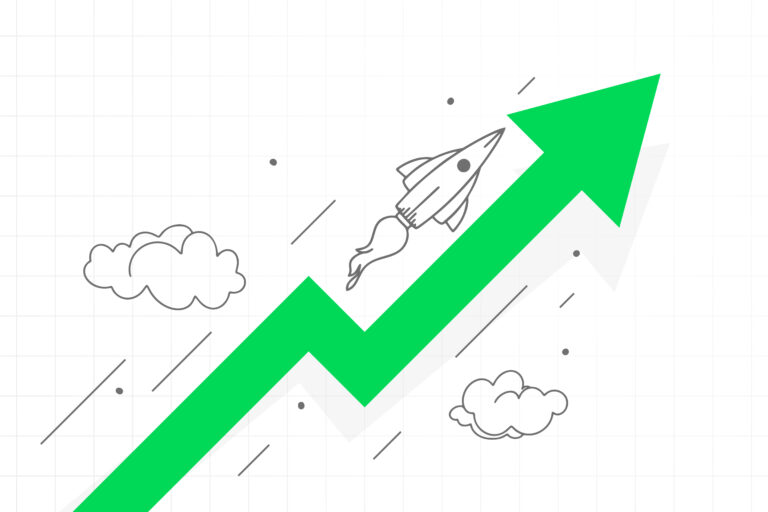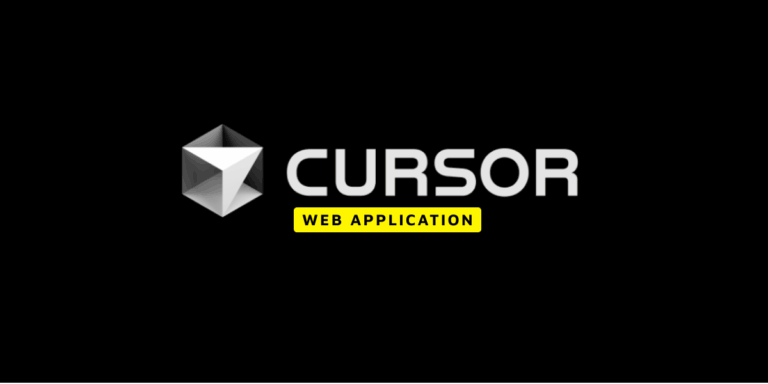WebP is a modern image format that provides superior lossless and lossy compression for images on the web. Using WebP, webmasters and web developers can create smaller, richer images that make the web faster. But why is this format so crucial?
- Superior Compression: WebP lossless images are 26% smaller in size compared to PNGs. Even JPEG images can be compressed 25-34% more than their original size without losing quality.
- Rich Media Experience: WebP supports both lossy and lossless compression, along with animation and alpha transparency. This flexibility allows for a rich media experience without compromising on size.
- Faster Loading Times: Smaller image sizes mean faster page loading times, enhancing user experience and SEO rankings.
Overview of Joomla WebP Plugin Conversion
Joomla, one of the most popular Content Management Systems (CMS), has recognized the importance of WebP and offers plugins for easy conversion. Here’s why Joomla’s WebP Plugin Conversion is a game-changer:
- Ease of Conversion: Joomla’s WebP plugins allow for automatic conversion of images, saving time and effort.
- Customization: Tailor the conversion settings to suit your website’s needs.
- Compatibility: The plugins ensure that WebP images are served to browsers that support the format, while others receive the original image format.
By embracing WebP and Joomla’s conversion plugins, you can significantly enhance your website’s performance and user experience.
The Need for Speed: Page Loading Times
Impact of Image Sizes on Page Speed
Did you know that images make up nearly 50% of an average web page’s weight? Large image sizes can significantly slow down page loading times. Here’s how:
- Increased Bandwidth Usage: Larger images consume more bandwidth, leading to slower loading times, especially for mobile users.
- Higher Bounce Rates: Slow-loading pages can frustrate users, leading to higher bounce rates and lost opportunities.
- SEO Penalties: Search engines like Google penalize slow-loading pages, affecting your rankings.
How Converting Images to WebP in Joomla Enhances Loading Times
Converting images to WebP in Joomla is not just a trend; it’s a necessity. Here’s how it enhances loading times:
- Smaller File Sizes: As mentioned earlier, WebP offers superior compression, reducing file sizes.
- Faster Rendering: Smaller files are downloaded and rendered faster, leading to quicker page loads.
- Improved User Experience: Faster loading times mean happier users, leading to better engagement and conversion rates.
Real-world Benefits for Users and Business
The real-world benefits of faster page loading times through WebP conversion in Joomla are immense:
- Increased Engagement: Users are more likely to engage with a fast-loading site.
- Higher Conversion Rates: A one-second delay in page load time can lead to a 7% reduction in conversions.
- Improved SEO Rankings: Faster loading times are rewarded by search engines, leading to higher rankings.
SEO Implications: Why Image Conversion Matters
The Connection Between Page Speed and SEO
Page speed is a critical factor in SEO rankings. Search engines understand that users value quick, responsive sites, and they rank them higher. Here’s how page speed and SEO are connected:
- User Experience: Fast-loading pages enhance user experience, leading to longer site visits and more interactions.
- Bounce Rate: Slow-loading pages lead to higher bounce rates, which negatively impact SEO rankings.
- Mobile Optimization: With the rise of mobile browsing, page speed becomes even more critical. Google’s mobile-first indexing considers loading times as a significant ranking factor.
How WebP Conversion Can Improve Search Engine Rankings
WebP conversion is not just about reducing image sizes; it’s about improving your site’s overall performance and SEO rankings:
- Faster Page Loads: As discussed earlier, WebP images load faster, improving page speed.
- Enhanced User Engagement: Faster pages lead to better user engagement, a factor considered by search engines.
- Compliance with Best Practices: Using modern image formats like WebP shows that you follow web best practices, earning you favor with search engines.
Case Studies: Successful SEO Strategies with WebP
Several major websites have successfully implemented WebP and witnessed significant improvements in SEO rankings:
- Google: Naturally, Google uses WebP across its products, reducing image sizes by 39% on average.
- eBay: By implementing WebP, eBay managed to reduce the weight of its pages by 30%, improving loading times and SEO rankings.
- Pinterest: Pinterest’s shift to WebP resulted in 40% savings in image weight, enhancing user experience and search visibility.
These case studies prove that WebP is not just a trend but a vital part of modern SEO strategies.
Introducing the WebP Converter Plugin for Joomla
Elevate Your Joomla Website with the WebP Converter Plugin
Features and Benefits of the WebP Converter Plugin
The WebP Converter Plugin for Joomla is designed to make the transition to WebP seamless and efficient. Here’s what it offers:
- Automatic Conversion: The plugin automatically converts images to WebP, saving time and effort.
- Quality Control: You can set the desired quality for lossy compression, balancing size and appearance.
- Compatibility Checks: The plugin ensures that WebP images are served only to compatible browsers.
- Easy Integration: With simple installation and configuration, the plugin integrates smoothly with your Joomla site.
Automatic vs. Manual Conversion Options
The WebP Converter Plugin for Joomla offers both automatic and manual conversion options:
- Automatic Conversion: Set it and forget it! The plugin will automatically convert and serve WebP images where applicable.
- Manual Conversion: If you prefer more control, you can manually select which images to convert and customize the settings.
This flexibility ensures that you can tailor the conversion process to your specific needs and preferences.
Exclusion Settings for Tailored Conversion
Not all images may benefit from conversion to WebP. The WebP Converter Plugin for Joomla allows you to exclude certain images or directories from conversion:
- Exclude by Type: You can exclude specific image types, such as logos or icons, that may not benefit from conversion.
- Exclude by Directory: Exclude entire directories if they contain images that should remain in their original format.
- Manual Exclusion: Manually select individual images to exclude from conversion.
These exclusion settings enable a tailored conversion process, ensuring that only the appropriate images are converted.
The Impact of WebP on User Experience
Enhancing Visual Quality with WebP
WebP is not just about reducing file sizes; it’s about enhancing visual quality. Here’s how:
- Lossless Compression: WebP’s lossless compression ensures that images retain their original quality, even at smaller sizes.
- Rich Color and Detail: WebP supports 24-bit RGB color with an 8-bit alpha channel, allowing for vibrant and detailed images.
- Adaptive Compression: WebP adjusts compression to areas of the image where it’s most needed, preserving visual quality.
Case Studies: Improved User Engagement and Conversion Rates
Several businesses have witnessed improved user engagement and conversion rates after implementing WebP:
- Shopify: By adopting WebP, Shopify stores saw a 50% reduction in image sizes, leading to faster loading times and a 30% increase in conversion rates.
- Walmart: Walmart’s shift to WebP resulted in a 30% improvement in loading times, contributing to a 20% increase in conversions.
These case studies demonstrate the real-world impact of WebP on user experience and business success.
Conclusion: Why Choose the WebP Converter Plugin for Joomla
Recap of the Importance of WebP Conversion in Joomla
WebP conversion in Joomla is not just a technical tweak; it’s a strategic move to enhance your website’s performance, SEO rankings, user experience, and business success. From superior compression to seamless integration with Joomla, WebP is a must-have for modern websites.
How the WebP Converter Plugin Simplifies the Process
The WebP Converter Plugin for Joomla simplifies the conversion process by offering:
- Automatic Conversion: No need to manually convert each image.
- Tailored Settings: Customize the conversion process to suit your needs.
- Compatibility Checks: Serve WebP images only to compatible browsers.
Frequently Asked Questions
WebP is a modern image format that provides superior compression for images on the web, resulting in smaller file sizes and faster loading times.
Using WebP in Joomla enhances page loading times, improves SEO rankings, and offers a better user experience.
The plugin automatically converts images to WebP, with options for manual conversion and exclusion settings for tailored conversion.
No, but the WebP Converter Plugin for Joomla ensures that WebP images are served only to compatible browsers.
WebP leads to faster loading times, increased user engagement, higher conversion rates, and improved SEO rankings.
The plugin is available through Joomla extension directory or the Infyways Joomla plugin store and can be easily installed and configured.




